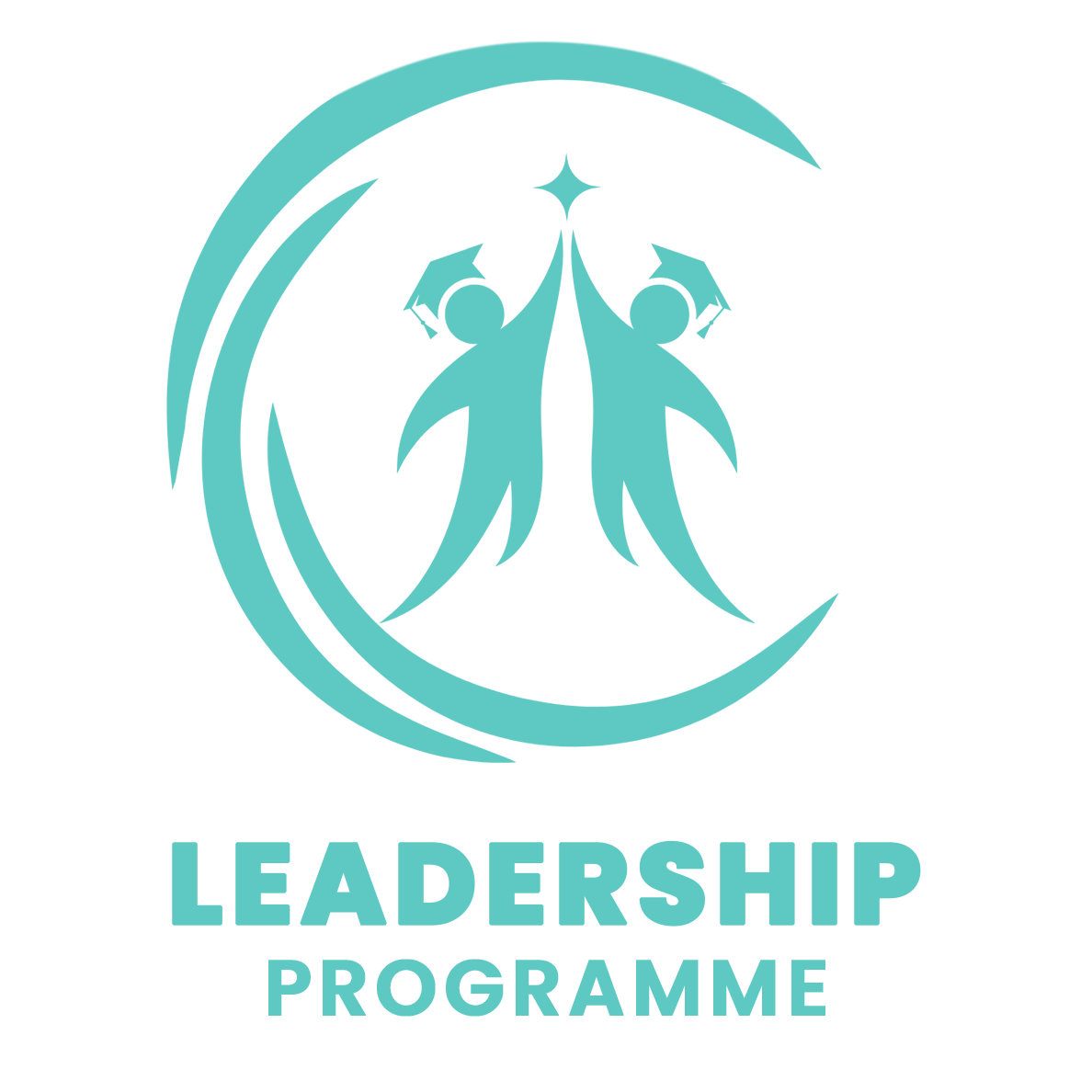
Leadership in Education and International Schools
Leadership is an ability, commitment, and desire to lead a group of individuals, motivating, and encouraging them to achieve a common goal within a given time period. Leadership is important in every field and aspect of our personal and professional lives. Similarly, leadership in education is a process of guiding as well as enlisting the skills, abilities, energies, and talents of teachers, parents, and students towards achieving the common goals and objectives of education (Shields, 2017). Educational leadership serves the goal of improving the quality of education as well as the education system itself. One of the key purposes of educational leadership is to ensure academic success by improving the process, materials, as well as the training given to teachers. It can be done through effective and efficient collaboration with individuals using different languages and skills to influence the community.

The role of leadership in international schools becomes more important because of the cultural differences as well as language differences (Earley & Greany, 2017). In an international school, teachers and students come from different cultural backgrounds and due to cultural differences, their languages also differ from one another. The differences in the culture and language of teachers and students are significant barriers to improving the quality of education and the education system in an international school. Therefore, leadership in international education needs to deal with the differences in culture and language and ensure effective collaboration is in place that moves all the community beyond personal assumptions and barriers.

Leadership, Language, and Culture
The cultural difference, as well as language differences in an international school, can impede the efficiency and effectiveness of teachers, and hence the quality of education can be deteriorated over time (Taylor et al., 2019). Azerbaijan has developed a co-existence of diverse cultures, where culture includes racial, religious, or cultural groups and multiculturalism became an ideology of statehood, this change for an Azerbaijani identity was developed after the Soviet colonization and the ‘divide and rule’ policy (Yilmaz, 2013).
The role of the language policy of the USSR played an important part during the development of Azerbaijan. This policy had two goals. The first was to protect the rights of non-Russian-speaking communities to use their traditional languages in education and other domains, while the second was to encourage every citizen to learn Russian. Bilingual schools, where students began in the local language and then moved to Russian, represented a way to meet both goals (Clifton, 2013). Kurdish, Tat, Talysh, Avar, Budukh, Khinalug, Kryts, Lezgi, Rutul, Tsakhur, Udi, and Georgian are the languages used in Azerbaijan. In addition to these languages, Russian has played and continues to play a role in society and government with the Azerbaijani national language. Clifton (2013) states that children in Azerbaijani-speaking communities do not need to go to schools where Russian is the language of instruction, this is also the idea of the Azerbaijani government. In some regions of Azerbaijan, this is still the case, and there are communities that choose whether the schools use Russian or Azerbaijani as the language of instruction. In mixed communities, local schools had two separate ‘sectors,’ a Russian-language sector and an Azerbaijani-language sector. The controversy has reopened the debate in Azerbaijan about whether, more than a quarter-century after the collapse of the Soviet Union, the country still should provide education in Russian and in Azerbaijani (Aliyeva, 2018).

The reforms associated with perestroika (economic restructuring), glasnost (openness), and demokratizatsiia (democratization) in the late 1980s has been characterized by a crisis in educational policy and has created difficulties for institutions to create autonomous educational systems out of what had been a tightly integrated and highly standardized system in the Soviet period. In fact, many educational leaders in Azerbaijan and Central Asia embraced international policy trends such as decentralization and privatization, although often for their own purposes (Silova, et al., 2007).
Azerbaijan achieved independence in 1991, and since independence, the country has been transitioning from totalitarian to democratic systems of governance across social sectors from health care to law to education. The common leadership style in Azerbaijan before and during the transitional process from the authoritarian regime to the democratic reflects the authoritarian system of governance typical during the Soviet period. Furthermore, the school principal was appointed by the local mayor, without having any understanding of instruction and learning outcomes, no leadership experience, knowledge or qualifications. The lack of any particular preparation for school leadership limited the capacity and efficiency to develop quality and self-reflective institutions (Magno, 2009).
According to Samadova (2016) after independence, the government of Azerbaijan started the implementation of reform processes focused on the improvement of the quality of education and the development of international relations in the sphere of education in order to ensure compliance with international standards. The leadership styles that we can see in Azerbaijan in different international schools are the following: authoritarian, transformational and distributed leadership.
The authoritarian leadership refers to a leader’s behaviours of implementing strong control over subordinates and requiring their unconditional obedience (Cheng, et al.2004). The main characteristic of authoritarian leadership is to exert control by issuing rules, applying strict discipline to subordinates’ work and exhibiting their authority on decision making (Cenkci, A., Özçelik, G., 2016). There are some studies about an authoritarian leadership style that discuss negative outcomes, including fear of leaders, work pressure, and turnover, however, several recent studies have also found the positive influence of authoritarian leadership on employee behaviours. This is an area of study which demands further research and investigation (Wang, and Guan, 2018).
According to Roberts (1985), transformational leadership creates valuable and positive change in the followers with the end goal of developing followers into leaders. Transformational leadership enhances the motivation, morale and performance, including connecting the follower’s sense of identity and self to the mission of the organization. They are models of integrity and fairness, set clear goals, have high expectations, provide support and recognition, stir the emotions and passions of people. This type of leadership style develops the collective confidence required by groups to be successful when facing difficult challenges (Sadeghi, and Pihie, 2012).

Distributed leadership in education represents one of the most influential ideas to emerge in the field of educational leadership (Shava, 2018). Distributed leadership creates multiple sources of guidance and direction, following the contours of expertise in an organization, made coherent through common culture. The central task is to create a common culture of expectations around the use of individual skills and abilities (Harris, 2004). Distributed leadership reflects a more democratic and collaborative decision-making process, and promotes more effective and engaging decisions. However, other theorists of distributed leadership argue that distributed leadership can be implemented without embracing shared or democratic decision-making processes (Göksoy, 2015).
According to Kazimzade (2017), taken together, the transformational and distributed leadership approaches have the potential to guide the transitional education system in Azerbaijan to more open, transparent, accountable, and democratic practice. Fullan (2002) stated that the starting point for change is not system change, not change in others around us, but change in ourselves. Change and growth in ourselves show a commitment to improvement. Modelling our own beliefs and ideals is much more important and effective than merely telling others how things should be (Guskey, 2002).





